Cycling eyewear design: reduced to the essentials
During his apprenticeship as a constructor, Simon, our designer and product developer, was taught that a good constructor designs products in such a way that they break after a certain period of use. Planned obsolescence is the technical jargon for this. In our opinion, that’s absolute bullshit! Our cycling glasses are designed to last. We met Simon for an interview and wanted to know what the formula of minimalist design is, which design principles he follows and what his aims are in terms of circular design.
Simon, what characterises your design language?
Honesty and simplicity. The frame consists of only three elements: A front, two temples and four pins. The hinge is completely integrated into the frame. The front and temples interlock and are fixed with two pins on each side.
Sounds quite simple.
In our society, the dominant opinion is that more is always better. The great art of good design, however, is to do without anything that makes a product unnecessarily complicated. That’s what we measure ourselves by: the simplicity and intuitive handling of our sports eyewear.
«Good design is honest.» Design Principle No. 6 by Dieter Rams
You are guided by the 10 design principles of industrial designer Dieter Rams. Which is the most important design principle?
There are always two perspectives on design: From the user’s perspective, the product should be as simple and intuitive as possible. From my perspective as a developer and designer, a product is always a symbiosis of functionality and aesthetics. To be guided by only one principle does not meet my ambition. The goal – and this is at the same time the high art – is to unite all ten principles. For me, it is primarily a matter of form follows function. Because without perfect function, a product will not be used in the long run.
One of the principles is «Good design is as little design as possible». What does Rams mean by that?
This principle is very central. I always ask myself, what can I leave out without losing functionality? Why add another component or material if there is a different way? I want to simplify and design comprehensible products. For me, the greatest compliment is when someone looks at our sports glasses and says: «Actually, that’ s logical».
«Good design is as little design as possible.» Design Principle No. 10 by Dieter Rams
How do you implement this?
We focus on low product complexity, which makes our glasses less vulnerable. Our glasses are designed to be put together easily – and more importantly – to be easily disassembled into their individual components. So we can ensure that spare parts can be replaced in no time. This increases the service life and is our contribution to the sustainable use of our resources.
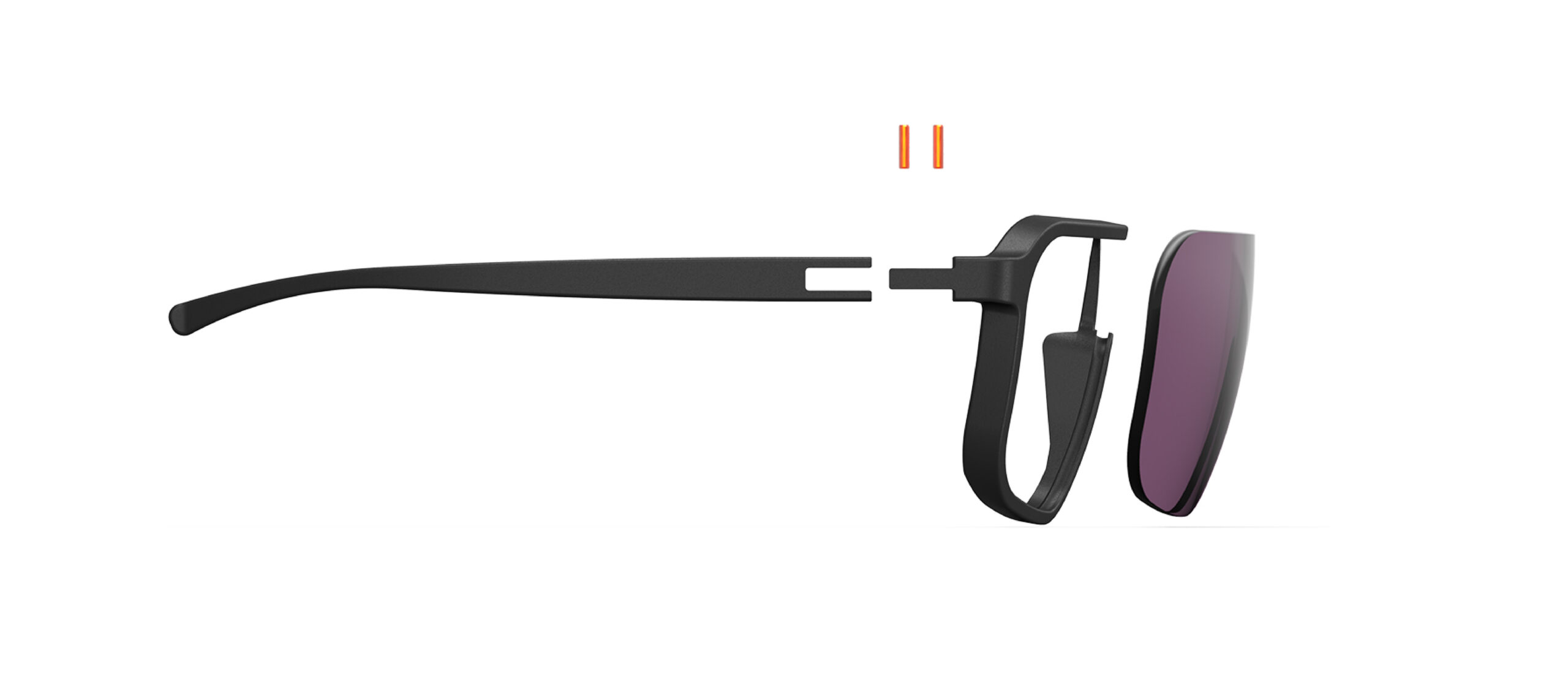
What are your main tasks as a product developer?
In the holistic view. Product design is not only about the actual use, but also about the materials, the manufacturing process, the production site and what happens to a product at the end of its life cycle. Is it a linear product that is thrown away at the end? Or can the materials be reused and returned to the cycle? We consistently pursue the latter approach – even though there is still a long way to go.
Circularity – what does that mean in particular?
In circular approaches, three aspects are central: design, materiality and customer behaviour. In terms of design, we have done our homework. Our sports eyewear can be dismantled into its components in a few simple steps and disposed of or recycled properly. Now we are focusing on the material. We are currently evaluating renewable raw materials in order to be able to produce more sustainably. Finally, the use of the product also matters: will we still sell glasses in the future? Or will we rent them out? These are questions that are currently keeping us busy.
«Good design is long-lasting.» Design Principle No. 7 by Dieter Rams
Which designs do you get inspiration from?
I’m fascinated by Swiss brands like USM Haller or Horgenglarus. Not only in terms of design, but also in terms of modularity, functionality and simplicity. During my studies to become an industrial designer, I was involved in the development of the «classic» bar chair by Horgenglarus. This project has had a profound impact on my understanding of a consistent design language.
So you would like to be compared with these brands?
Being compared is not important to me. My focus is on offering our customers the greatest possible added value. Let’s be honest: At the end of the day, it’s just glasses.
Discover our frames
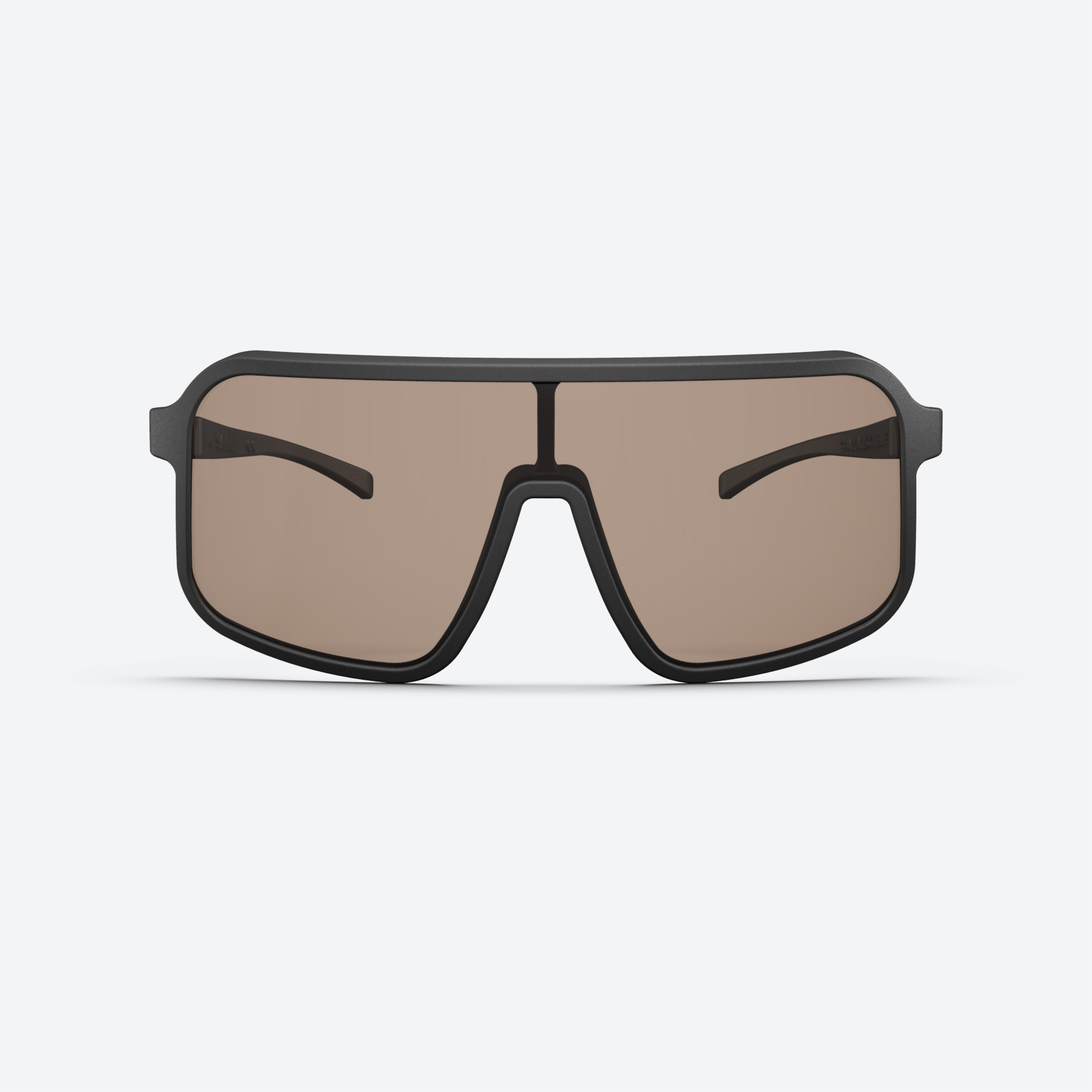
N°4
Developed with Fabian Cancellara. Full-frame with a large field of view.
3 Color(s)
2 Size(s)
CHF 290.00 – CHF 320.00Price range: CHF 290.00 through CHF 320.00
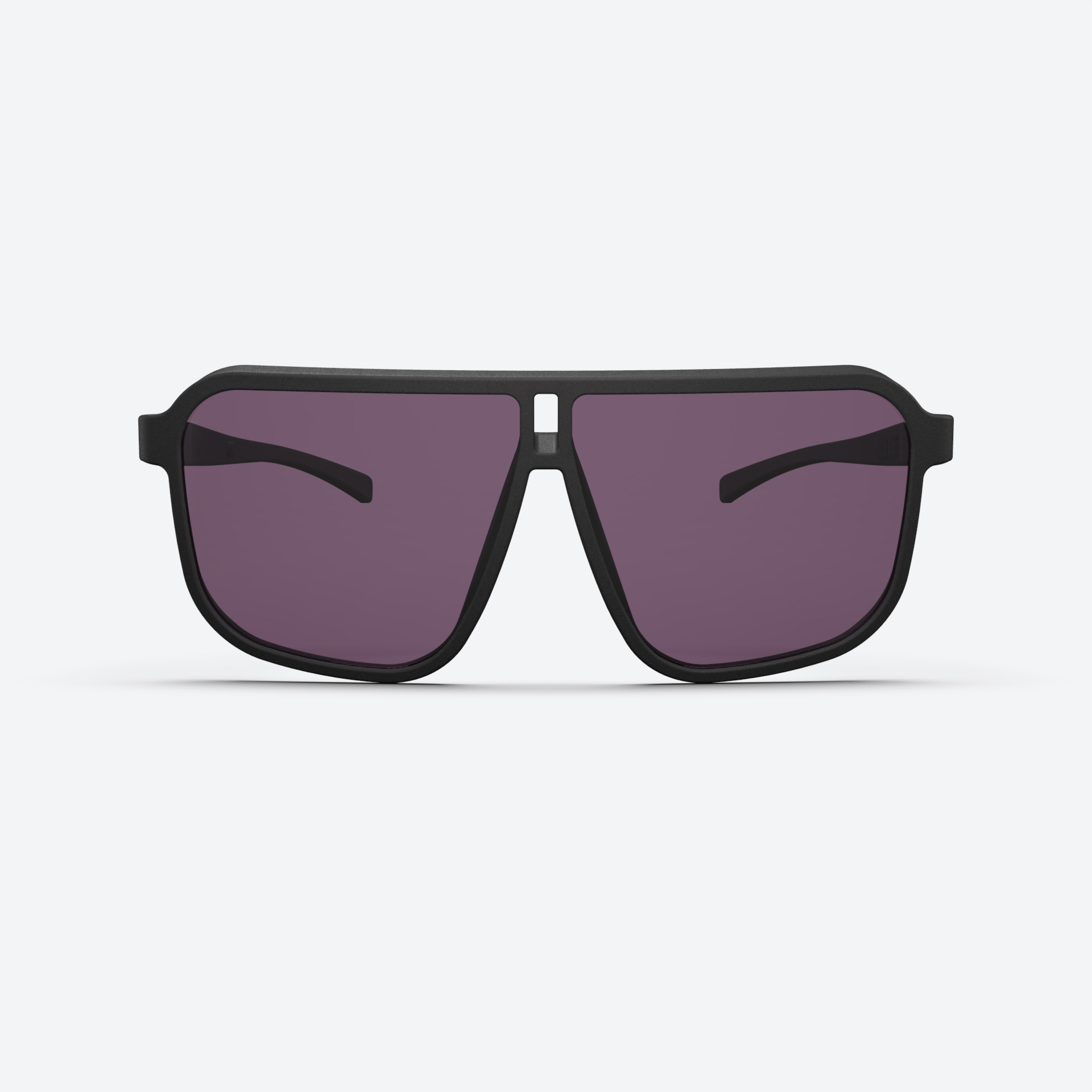
N°2
For sports and outdoors. Compatible with prescription lenses.
1 Color(s)
2 Size(s)
CHF 290.00
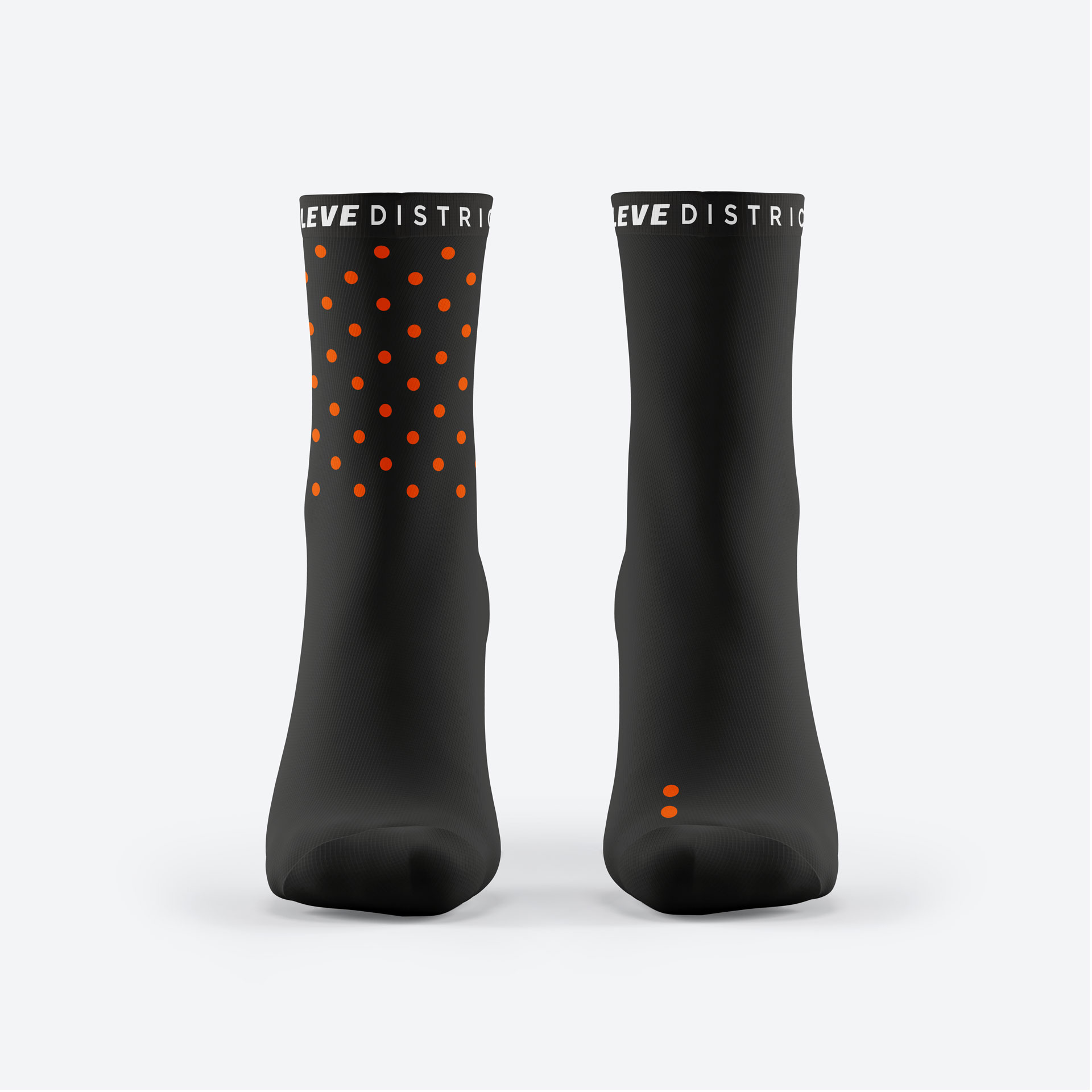
ILEVE socks black
Robust and high-quality cycling socks from DirtySox.
CHF 25.00
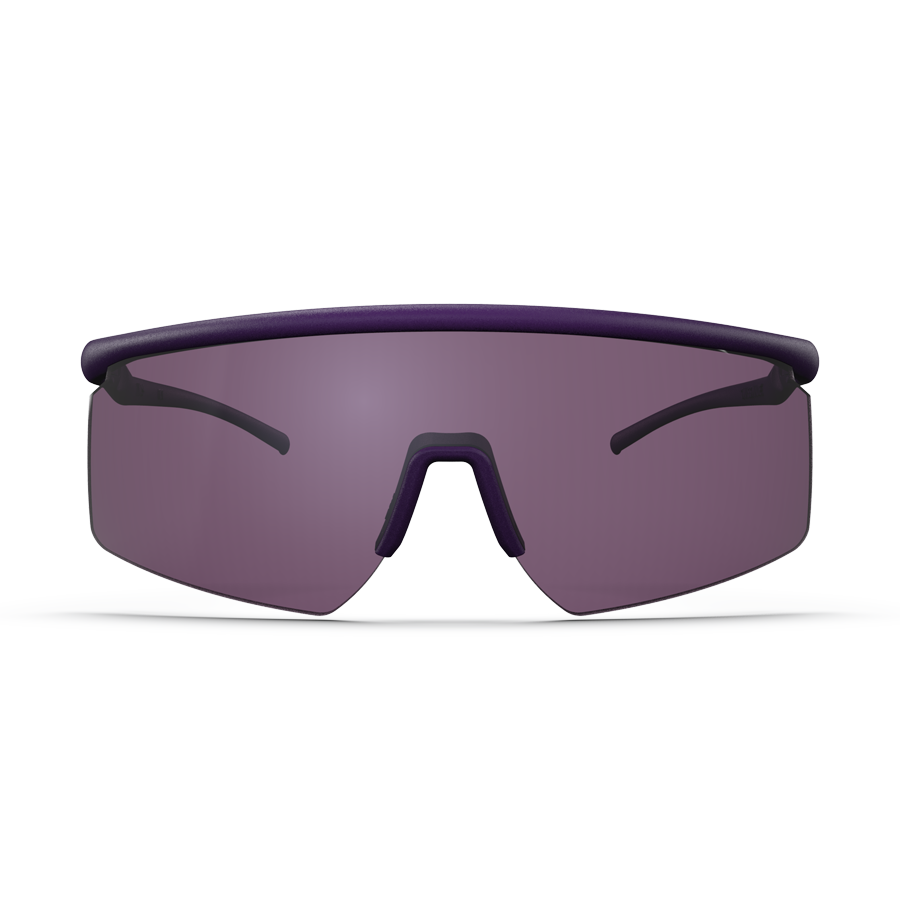
N°5 lite
Lightweight half-frame sports glasses with high-contrast lens.
6 Color(s)
2 Size(s)
CHF 290.00 – CHF 320.00Price range: CHF 290.00 through CHF 320.00
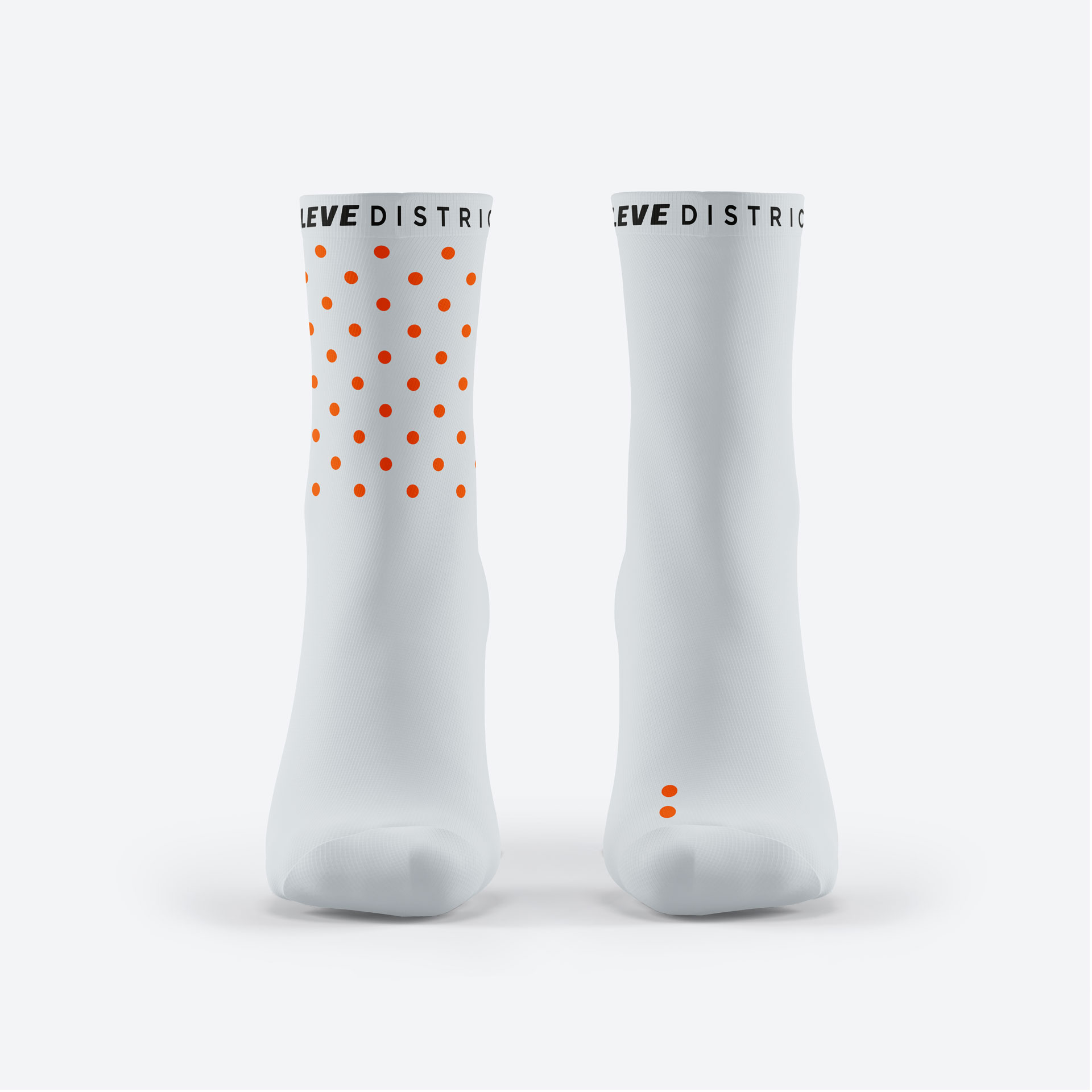
ILEVE socks white
Robust and high-quality cycling socks from DirtySox.
CHF 25.00
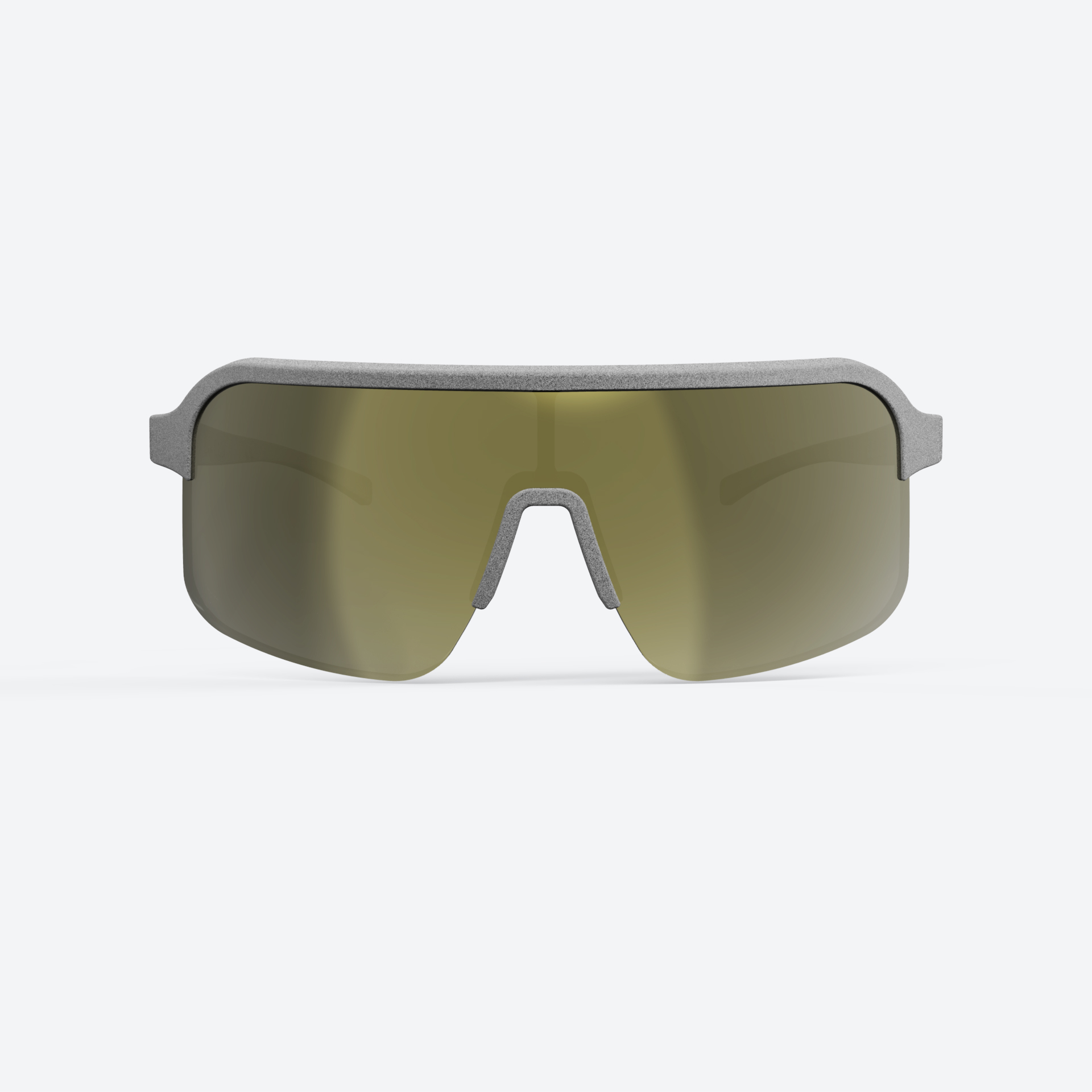
N°4 lite
Developed with Fabian Cancellara. Half-frame for road performance.
6 Color(s)
2 Size(s)
CHF 290.00 – CHF 320.00Price range: CHF 290.00 through CHF 320.00
Stories

Mont Ventoux: When the mountain calls three times
Mont Ventoux: When the mountain calls three times
Mont Ventoux, Géant de Provence, classic of the Tour de France: the bare mountain in the middle of the Provence...more
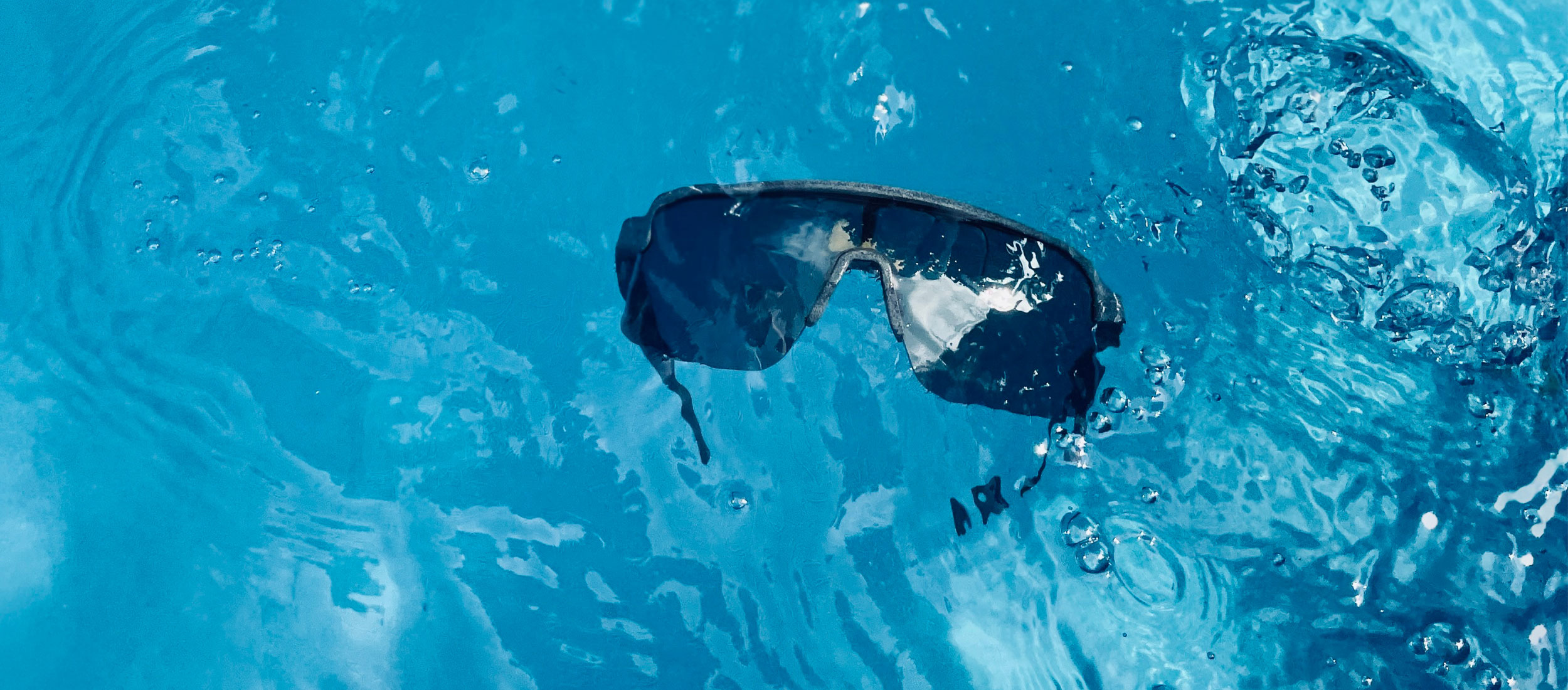
How to Properly Clean Your Sports Glasses: Summer Care Tips
How to Properly Clean Your Sports Glasses: Summer Care Tips
Sweat, dust, and sunscreen put your sports glasses to the test during summer. To keep them durable and ensure clear...more
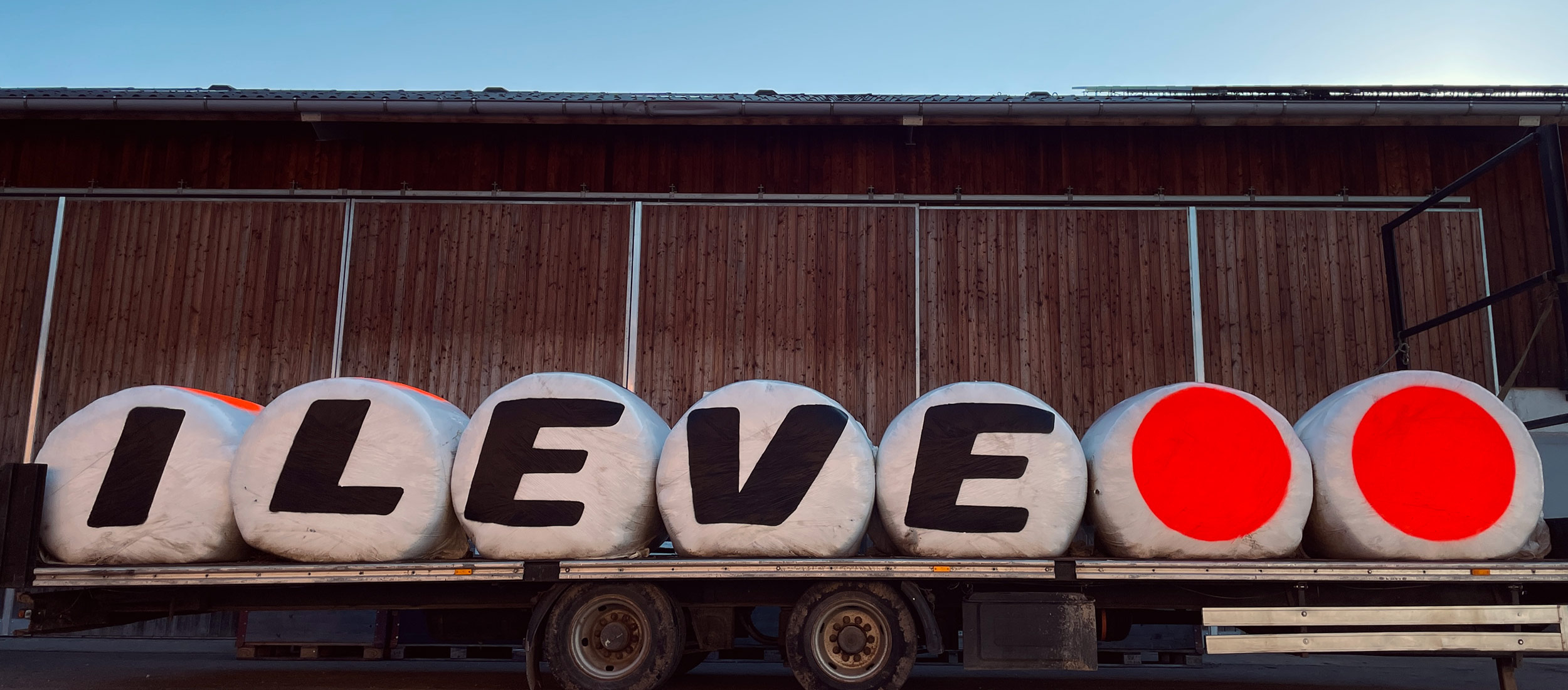
Cycling World Championships Zurich 2024: When the UCI fires shots, ILEVE fires back with a smart move
Cycling World Championships Zurich 2024: When the UCI fires shots, ILEVE fires back with a smart move
When life hands you a warning letter, flip the script. That’s exactly what we did at the Cycling World Championships...more
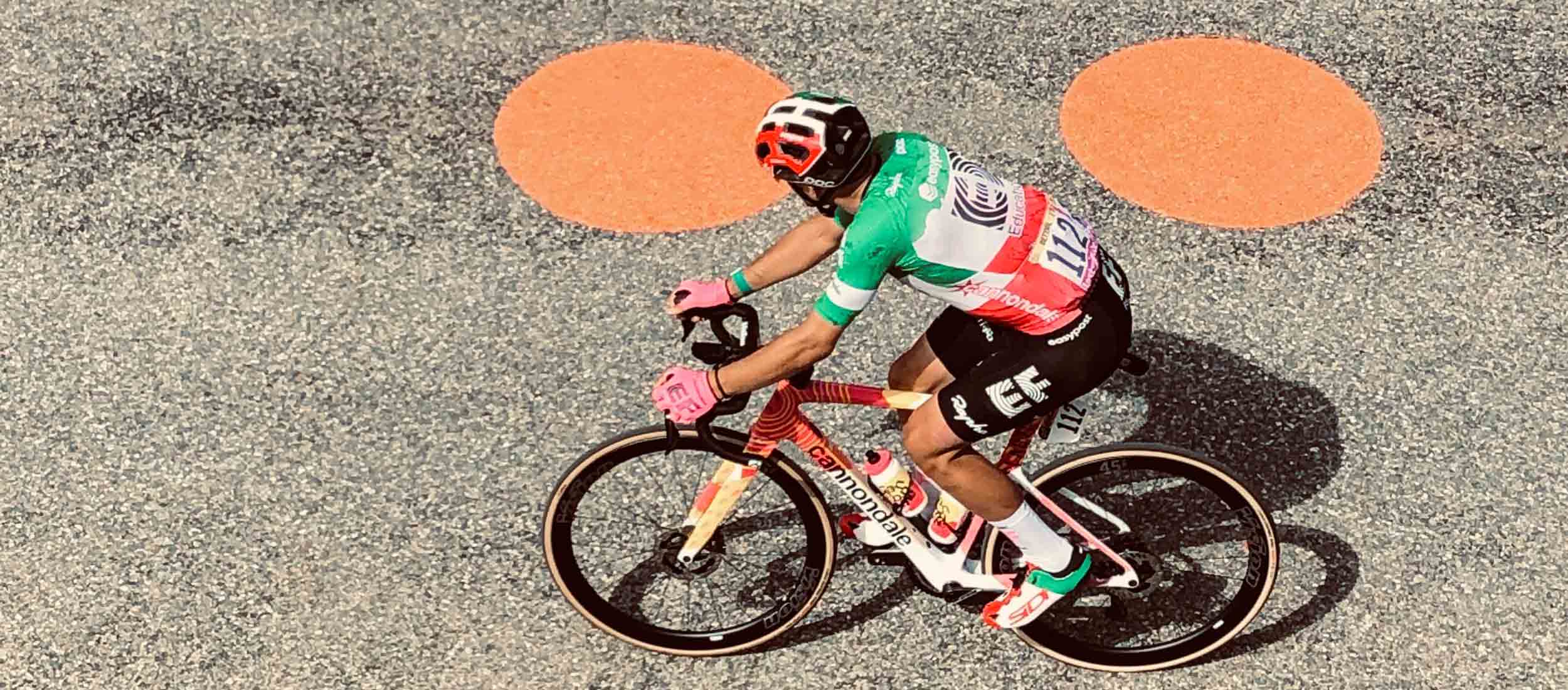
Col du Galibier: Our Marks on the Epic Mountain of the Tour de France
Col du Galibier: Our Marks on the Epic Mountain of the Tour de France
The Col du Galibier, a mountain that evokes awe and excitement in the world of cycling. This legendary pass, majestically...more
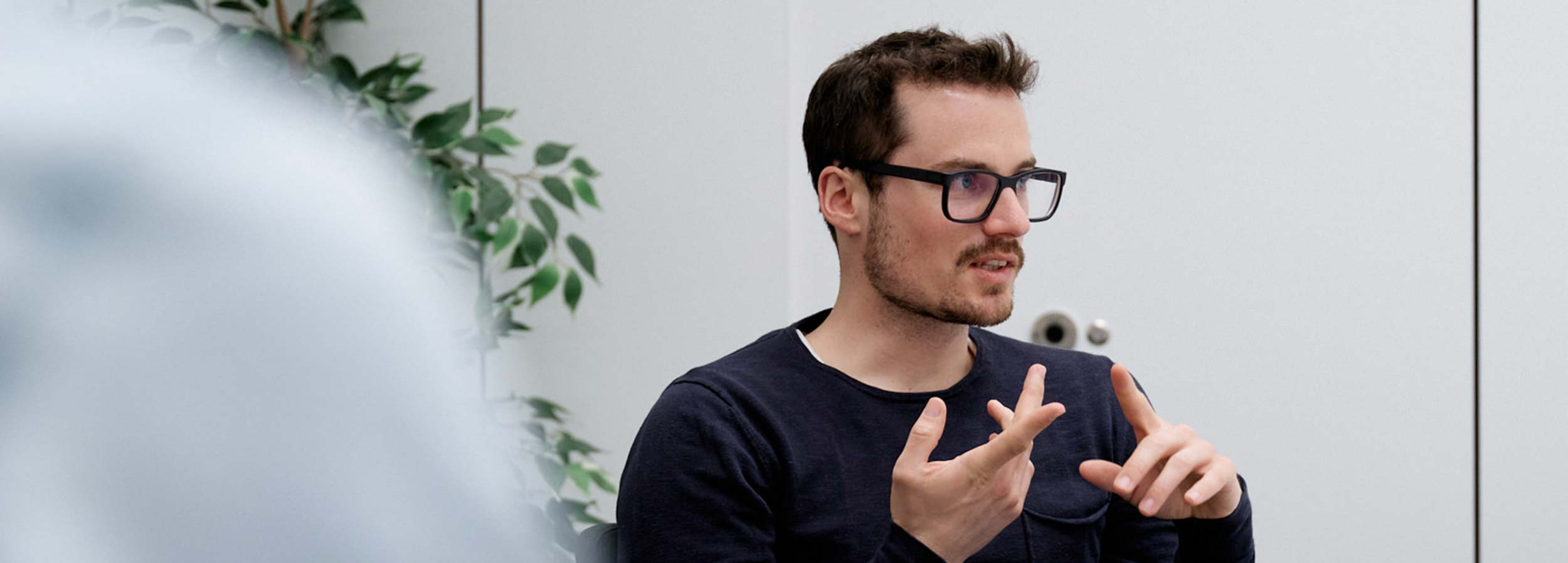
Swiss cycling glasses with patented click-in technology
Swiss cycling glasses with patented click-in technology
We talked to Simon, our designer and product developer. Because we wanted to know more about the screwless click-in technology....more
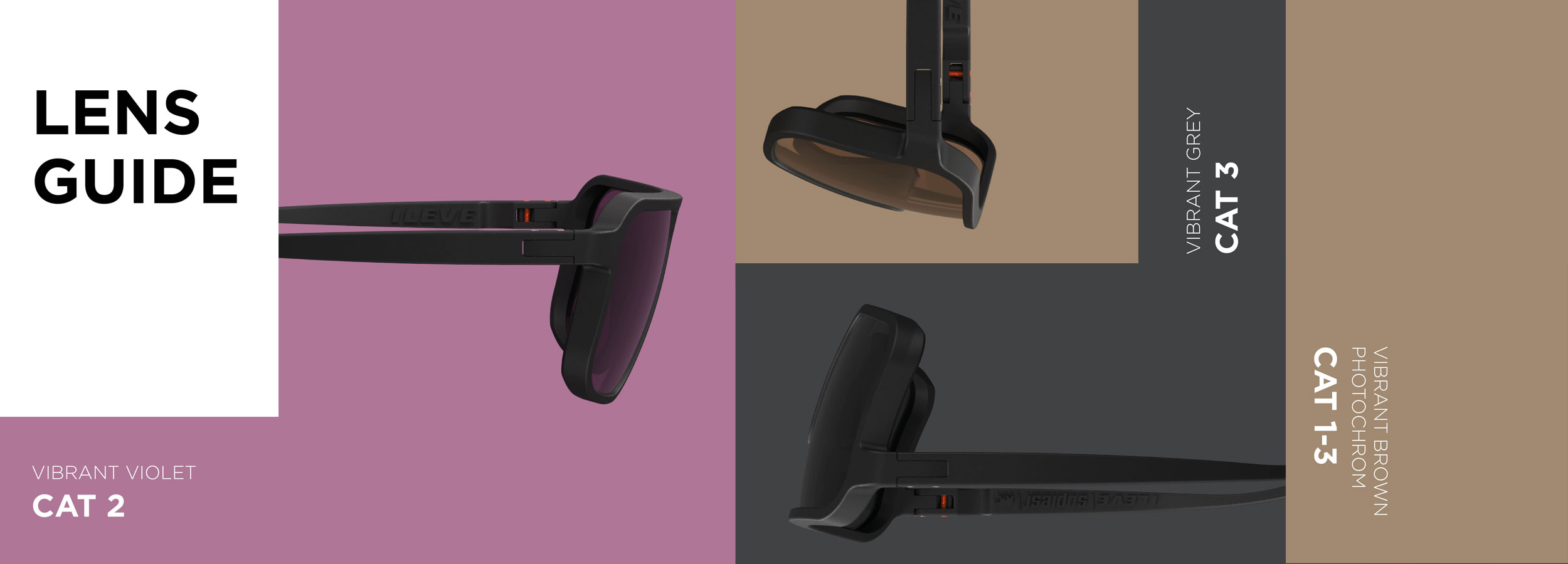
How to choose the right lenses for your cycling glasses
How to choose the right lenses for your cycling glasses
No matter whether you are going for a gravel ride through the woods, hitting the roads for conquering alpine passes,...more
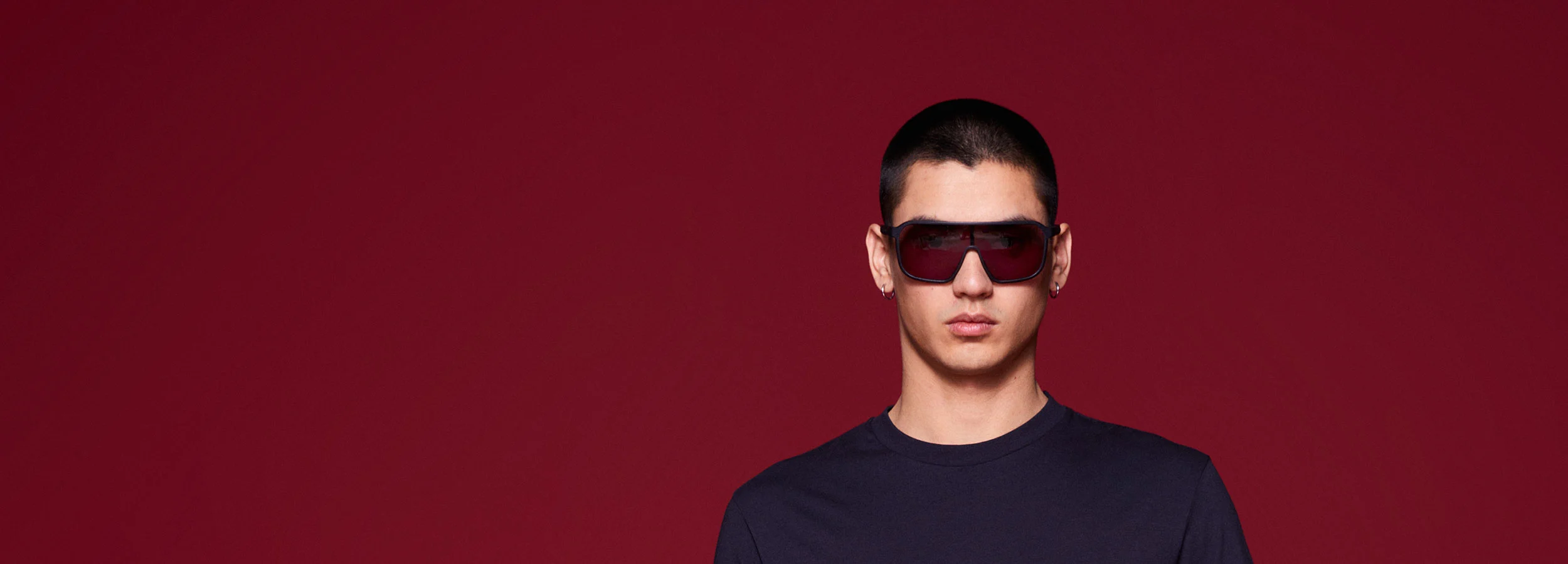
Swiss Glasses for Fabian Cancellara Collection by Strellson
Swiss Glasses for Fabian Cancellara Collection by Strellson
With our minimalist cycling eyewear design, you always look awesome – even off bike. That was also noticed by Strellson....more

Fabian Cancellara joins ILEVE DISTRICT cycling glasses
Fabian Cancellara joins ILEVE DISTRICT cycling glasses
Have you ever felt the urgent need to tell your friends and fellows a well-kept secret so that you can...more

With customer feedback from prototype to cycling glasses N°1
With customer feedback from prototype to cycling glasses N°1
Part two of our designer and developer talk! This time we asked Simon how to develop and optimise sports glasses...more
